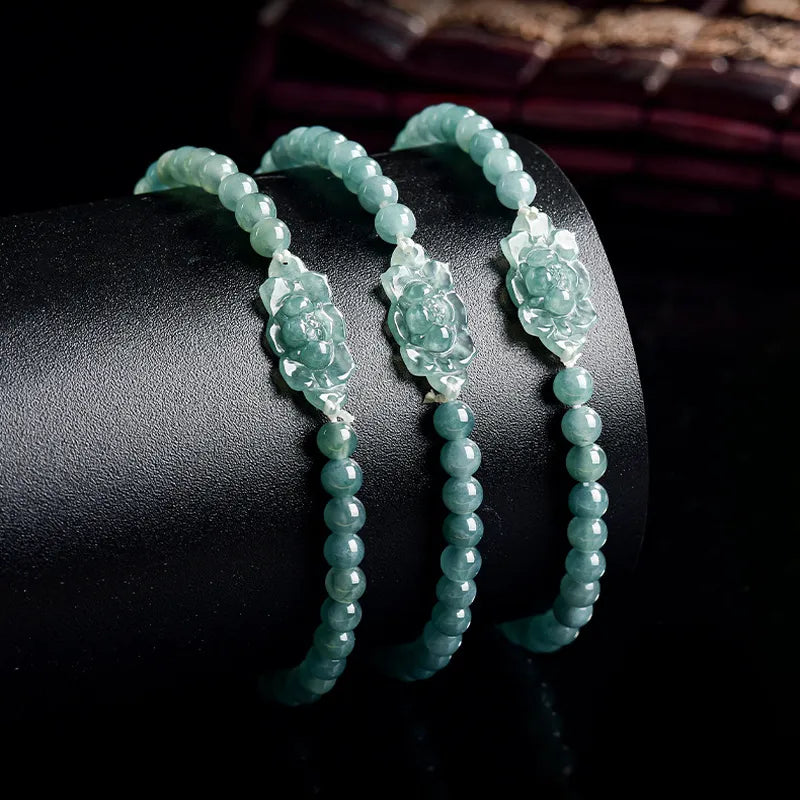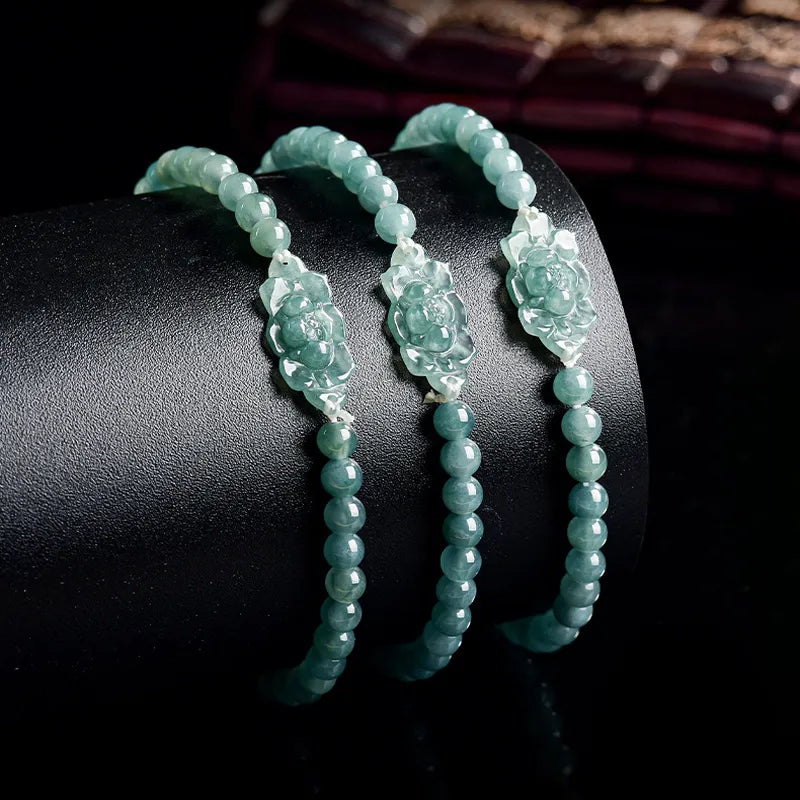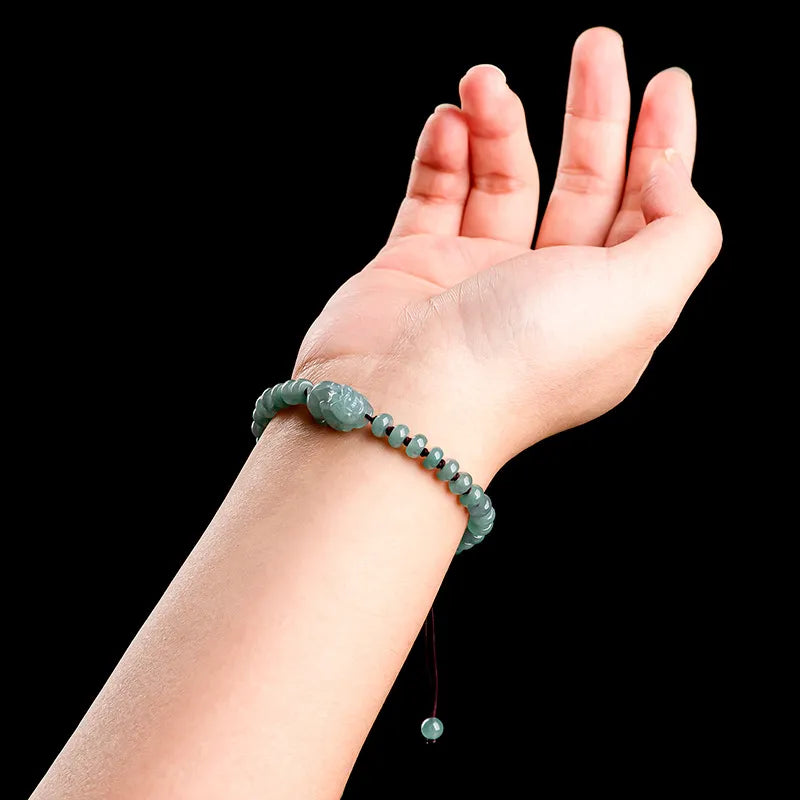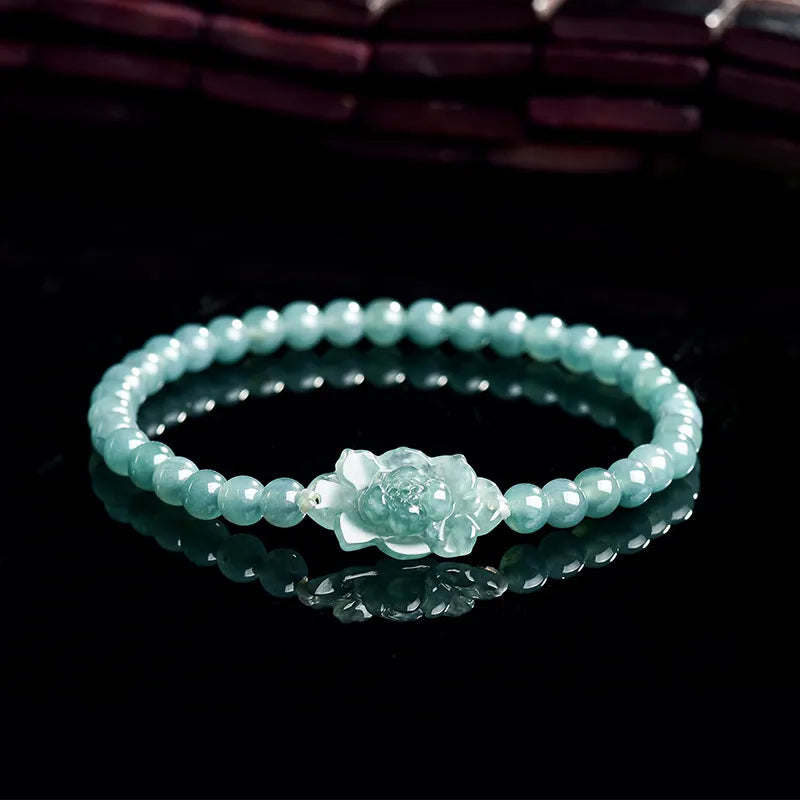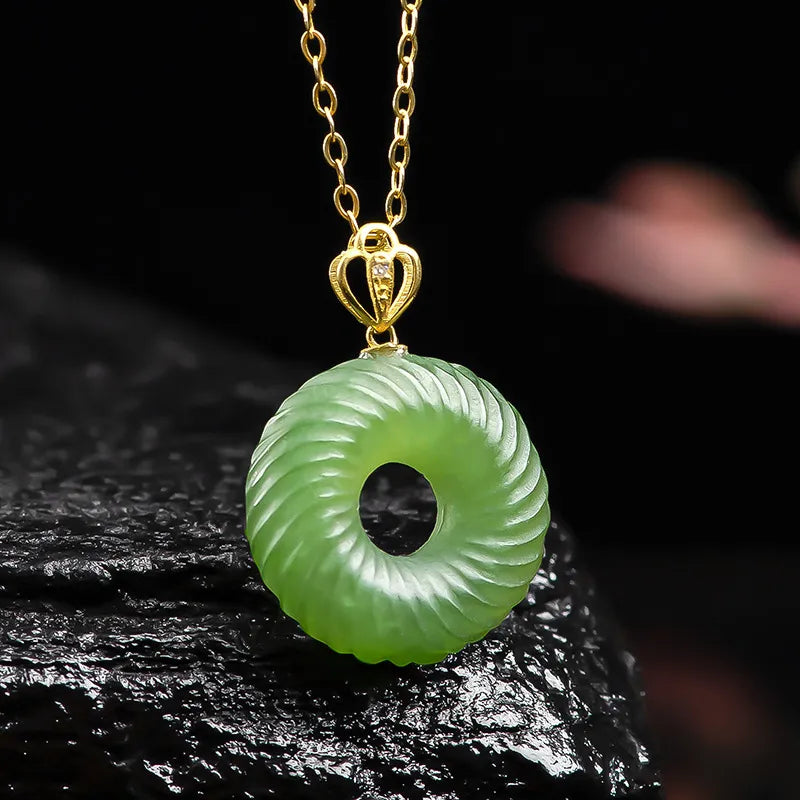Essential Considerations When Buying a Jade Bangle: A Buyer’s Guide
Selecting a jade bangle involves balancing aesthetic preferences with practical considerations to ensure authenticity, durability, and comfort. Below are critical factors to evaluate before making a purchase.
1. Authenticity and Material Verification
Jade’s value hinges on its type and quality, making verification a top priority.
- Types of Jade: Understand the distinction between nephrite (softer, more fibrous) and jadeite (harder, with vibrant colors). Nephrite is commonly found in muted greens, while jadeite offers hues like lavender, red, and imperial green.
- Certification: Request a gemological report from a reputable lab to confirm the stone’s origin and treatment history. Avoid sellers who refuse third-party verification.
- Visual Clues: Authentic jade has a waxy luster and feels cool to the touch. Synthetic alternatives may lack depth in color or exhibit uniform patterns. Use a jeweler’s loupe to inspect for natural inclusions, which are common in genuine jade.
Common Pitfall: Some sellers dye low-grade jade or use polymers to mimic high-quality stones. Scratch the surface gently with a needle—real jade resists scratches, while treated materials may show residue.

2. Color and Clarity Evaluation
The visual appeal of a jade bangle depends on its hue, saturation, and transparency.
- Color Depth: Look for colors that appear “alive” rather than flat. For example, imperial green jadeite should have a rich, even tone without brownish undertones.
- Translucency: High-quality jade often displays a semi-transparent quality, allowing light to penetrate without revealing internal flaws. Opaque stones may lack the desired brilliance.
- Pattern Consistency: Natural jade exhibits unique patterns, such as “moss in snow” (nephrite) or “apple green” (jadeite). Be wary of overly perfect or repetitive designs, which may indicate artificial treatment.
Expert Tip: Hold the bangle under natural light and rotate it to observe how light interacts with the stone. Authentic jade will show subtle variations in color and texture.
3. Craftsmanship and Structural Integrity
The bangle’s design and construction impact its longevity and comfort.
- Edge Smoothness: Run your fingers along the inner and outer edges. Sharp or uneven surfaces can irritate the skin over time. A well-polished bangle should feel silky to the touch.
- Thickness and Proportion: Thicker bangles (8mm+) offer durability but may feel heavy. Thinner designs (4–6mm) are lightweight but require careful handling to avoid cracking.
- Symmetry: Check for balance in the bangle’s shape. Lopsided or asymmetrical designs may rotate uncomfortably on the wrist.
Real-World Insight: Traditional jade carvers often prioritize “wabi-sabi” aesthetics—imperfections that reflect natural beauty. However, structural flaws like cracks or internal fractures compromise durability and should be avoided.
4. Cultural and Symbolic Significance
Jade holds deep cultural meaning in many societies, influencing design choices and gifting practices.
- Symbolic Motifs: Common carvings include dragons (power), phoenixes (rebirth), and bats (happiness). Choose motifs that align with your personal values or the occasion.
- Gifting Etiquette: In some cultures, jade bangles are passed down as heirlooms or given during milestones like weddings or births. Ensure the design respects these traditions if intended as a gift.
- Energy Beliefs: Some wearers believe jade carries protective or healing properties. If this matters to you, research the symbolism behind specific colors or patterns.
Did You Know? In Chinese culture, a jade bangle broken during an accident is often seen as having absorbed negative energy, protecting the wearer from harm.
5. Ethical and Sustainable Sourcing
Responsible purchasing practices ensure the jade industry supports fair labor and environmental conservation.
- Origin Traceability: Ask sellers about the stone’s source. Myanmar (Burma) is a major producer, but ethical concerns around mining practices have led to increased demand for Canadian or Russian nephrite.
- Environmental Impact: Mining jade can disrupt ecosystems. Look for sellers who prioritize sustainable extraction methods or recycled materials.
- Fair Trade Practices: Support artisans and small businesses that pay fair wages and avoid exploitative labor chains.
Actionable Step: Research the seller’s reputation through online reviews or industry associations. Transparent sourcing policies are a hallmark of ethical vendors.
Final Thoughts: Trust Your Instincts
While technical knowledge is crucial, personal connection to the piece matters equally. A jade bangle should evoke a sense of harmony and timelessness. If a bangle feels “right” aesthetically but raises doubts about quality, seek a second opinion from a gemologist.
By prioritizing authenticity, craftsmanship, and ethical considerations, you’ll invest in a piece that transcends trends and becomes a cherished part of your legacy.
